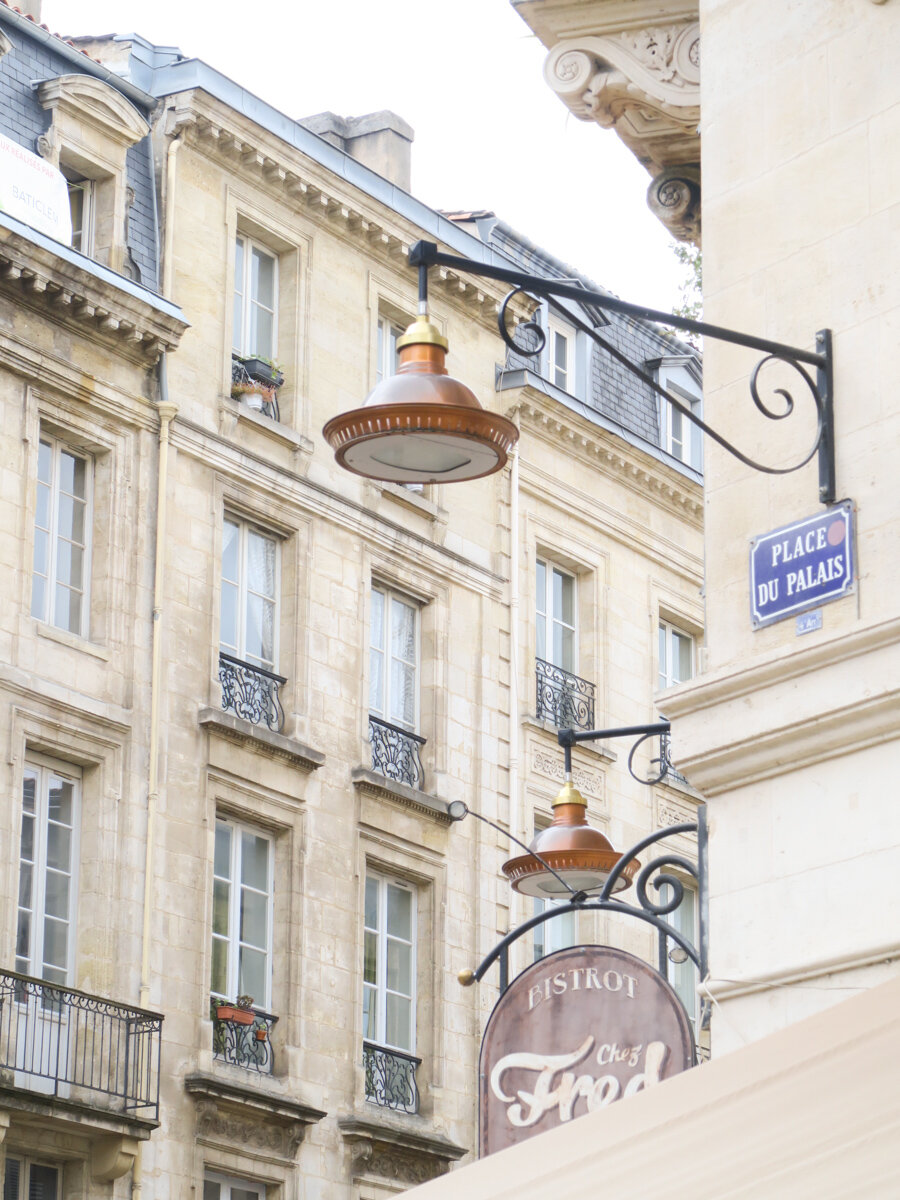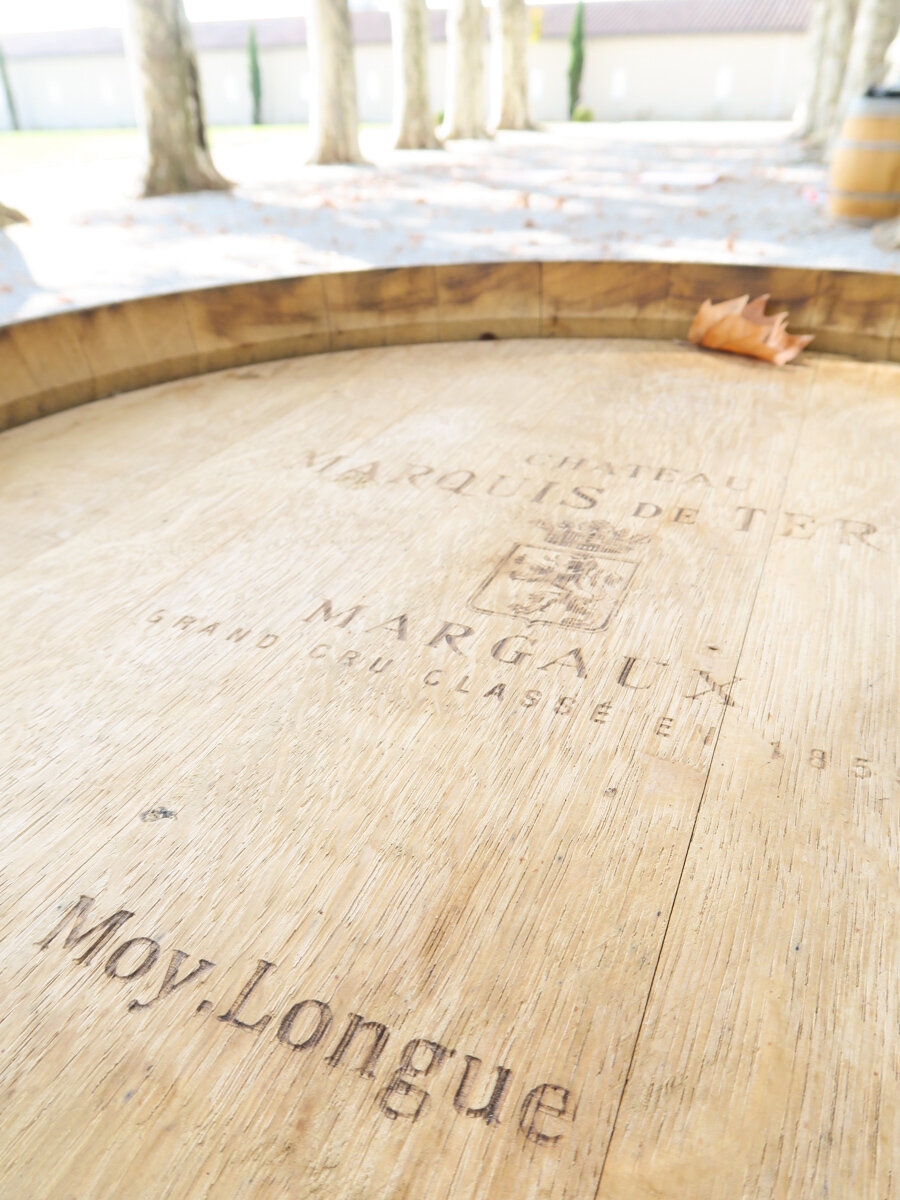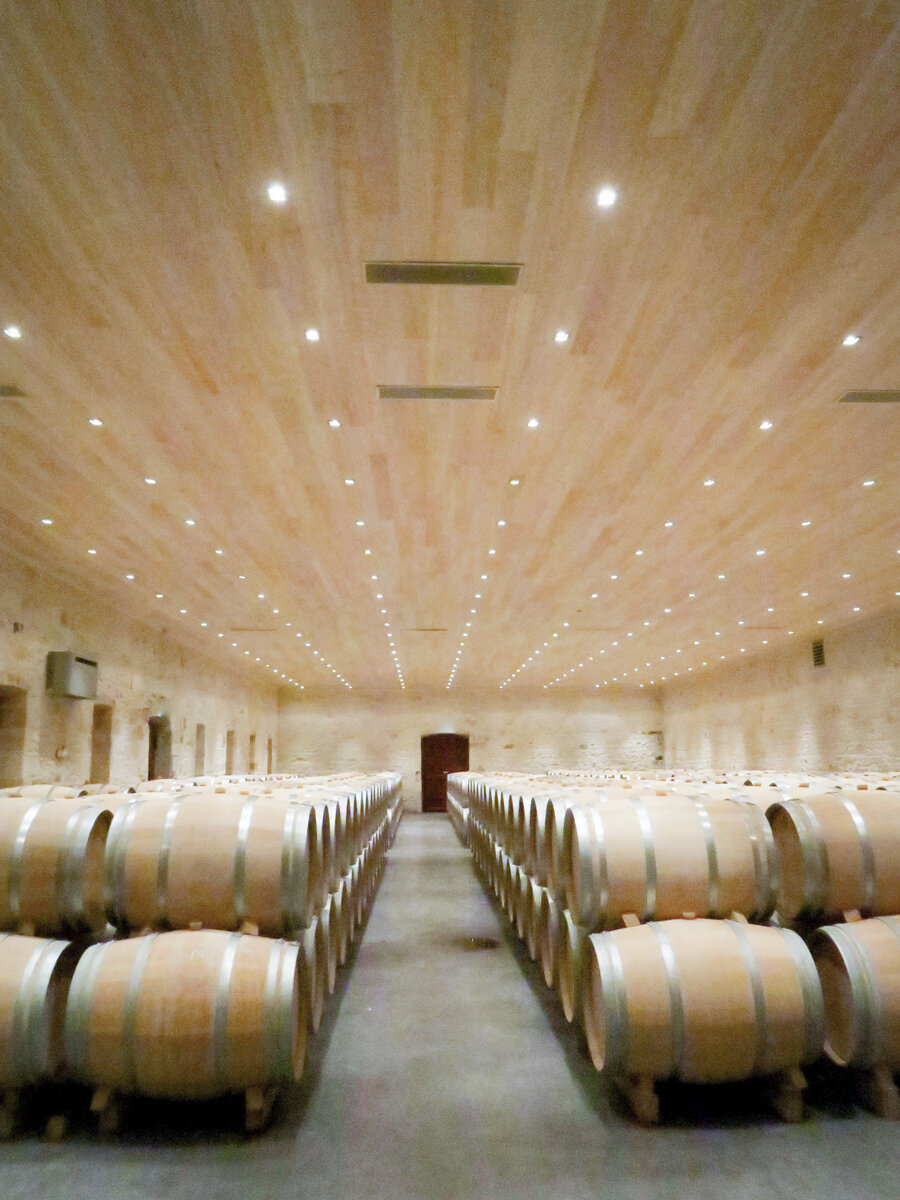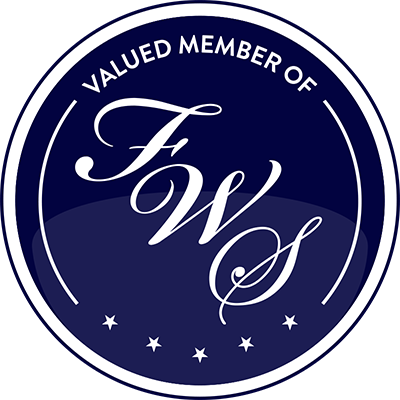Enjoy the richest flavors of France in Bordeaux; a city of compact refinement and a countryside of epicurean delights.
Bordeaux:
It’s a city, a state, possibly a state of mind.
Some places have a lot of good things going for them. Which makes them popular. Which usually makes for interesting history. Bordeaux is one of those places. Lots of good stuff, very interesting history. So many of the major players of European history have coveted this fertile and productive region in the past two thousand years. Originally Celtic, it went Roman in the 1st century BC, then was inevitably sacked by the Vandals, then the Visigoths and finally the Franks. The dark ages were tough with attacks by Arab raiders and even Vikings, oh my. But the first vines were planted in those darkest days and by the end of the 8th century the region was producing a notable red wine. When Eleonore of Aquitaine married Henry Plantagenet, king of England, in 1152, she brought Bordeaux and its vineyards under British rule. The marriage was a disaster (see the 1968 film “The Lion in Winter” starring Katherine Hepburn and Peter O’Toole) but the wine was a hit. And still is. But wait there’s more.
The city:
Bordeaux’s golden era was in the 18th and 19th century when it was France’s busiest port second only worldwide to London. This lovely city is a miniature Paris complete with elegant apartment buildings, stately plazas, and a river running through it. In fact, it was the model for Paris’ Napoleonic era make-over. Georges-Eugene Haussmann, the guy responsible for transforming Paris into the classical city we know today, was the prefect of Bordeaux when Napoleon III tapped him for the job of modernizing Paris. Haussmann perfected his now ubiquitous style in Bordeaux before making his impression on Paris.
Now only two hours from Paris by high speed train, the tidy town is easily reached and navigated. Walking the streets of the city center, I had the sense I was walking into a Flaubert novel. Maybe this is what 19th century Rouen looked like reflected in the eyes of Madame Bovary. Charming lanes of perfectly kept stone buildings obediently five stories high according to the strict precepts of Haussmann design. Some house chic shops and hipster eateries on their ground floor. Others are boutique hotels like La Course, welcoming visitors in modern style. In the city center, everything is walking distance. No need for a car. Unless you want to visit the wineries outside the town. Which, let’s face it, is the main reason you came.
The food:
Probably due to its reputation for wine, this region has attracted an equally proud heritage of gastronomic establishments. Tables at roadside inns ranging from earthy authentic to world class luxury maintain a particularly high standard of quality. One of my favorites is the Chateau Cordeillan-Bages. It’s a classic Chateaux & Relais property with discreet modern interiors in a 18th century shell and a Michelin star chef in the kitchen.
Of course it’s all about the ingredients and here Bordeaux has the geographic advantage. Besides being arguably the best wine region in the world, Bordeaux is within striking distance to several eatable national treasures. The fois gras of the Perigord for one. The famous oysters of the Archachon basin for another. Also the cuisine of adjacent Dordogne, featuring Rocamadour cheese, black truffles and walnuts is considered very, very traditional and free from contemporary trends or touristic compromise.
WHEN TO GO:
Bordeaux is known for its unique micro-climate which makes for mild, fairly constant year-round temperatures. It’s sunny in the spring, not overly hot in summer and warm in the fall. Rain is likely and daytime temperatures vary between 50F (10C) and 65F (18C) so most small hotels, B&Bs and touristic enterprises shutter after new years until April. It’s pretty quiet until May when a series of French bank holidays signals the beginning of the tourist season. Europeans are on vacation July and August so demand and prices for accommodation is highest at that time. Highs in the summer hover around 80F (26C) while nights are still cool due the sea breezes. Because the harvest and related events are in late September to mid-October, this is also a busy time for wineries and hotels. If you can book in advance, this is the period I would recommend going. Warm afternoons watching workers gathering grapes from the fields against a backdrop of flamboyant fall colors is a souvenir you will treasure.
Chateau Grattequina
WE GOT THIS:
Travellur knows the loveliest stretch of road, which grand cru wineries are doing tastings and the best places to eat. We get professional rates at hotels and rentals which pass directly to you. Our travel arrangements are always custom, so your experience is tailored precisely to your interests, tastes and budget. Best part is that it really doesn’t cost you more than booking it yourself.
Contact us for a free consultation.
The wine:
I’m not going to make a fool out myself and try to explain at length the classifications French of wine. The short version is that about the time that Haussmann was remodeling the city, a classification system of French wines was created establishing premier cru as the best. Four of the five wines designated premier cru came from Bordeaux. Those wineries still exist and produce wine and you can drink and buy as much as you like. Villages and counties such as Margaux, Medoc, Pauillac and St. Emillion are now legendary among oenophiles. Touring and tasting this area is truly a wine lovers dream. But wait there’s more.
Château Cordeillan-Bages
The countryside:
Okay, I know I’ve said this before about some other place, but this is really some of the prettiest countryside in France. Really. Bordeaux is all rolling fields of vines festooned by so many dainty castles built in local sandstone. Gently winding roads skirt grand cru vineyards like in a luxury car commercial. The Garonne river slips smoothly by wine villages with roughly cobbled streets telling of a hearty country lifestyle steeped in tradition. Along the coast, powdery white beaches stretch for miles sheltered by shady pine forests. The overall appeal is authentic French-ness and good taste without pretense.
Now that you know what good to expect, you probably want some practical questions answered. Read on.
WHERE TO STAY:
I like the Chateau Grattequina which sits on the banks of the Garonne mid-way between the city of Bordeaux and the wineries of Margaux, Medoc, Pauillac and St. Emillion. Double rooms are around 220 euros/night in September which is still high season for this region. If you’ve got more than three days, it make sense to rent a holiday home. If wine is your focus, find something near the wineries you plan to visit. For all around interests, the semi-rural area just north of the town offers the best accessibility to urban excursions, seaside days, winery tours and village visits. You can find a decent two bedroom home for about 170 euros/night in September.
Chateau Margaux
























